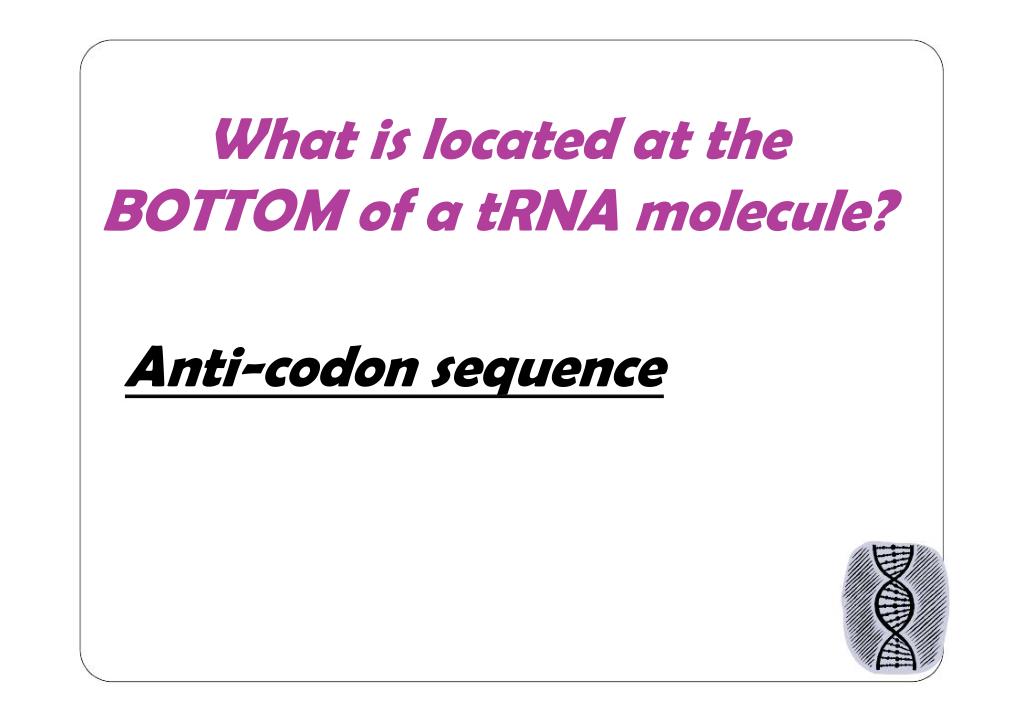

The importance of DNA became clear in 1953 thanks to the work of James Watson*, Francis Crick, Maurice Wilkins and Rosalind Franklin. Instead, they argued that proteins were more likely to carry out this vital function because of their greater complexity and wider variety of forms. Most thought that DNA was too simple a molecule to play such a critical role. But nearly a century passed from that discovery until researchers unraveled the structure of the DNA molecule and realized its central importance to biology.įor many years, scientists debated which molecule carried life's biological instructions. The Swiss biochemist Frederich Miescher first observed DNA in the late 1800s.

This occurs because only egg cells, and not sperm cells, keep their mitochondria during fertilization. However, organisms inherit all of their mitochondrial DNA from the female parent. In sexual reproduction, organisms inherit half of their nuclear DNA from the male parent and half from the female parent. Mitochondria generate the energy the cell needs to function properly. An organism's complete set of nuclear DNA is called its genome.īesides the DNA located in the nucleus, humans and other complex organisms also have a small amount of DNA in cell structures known as mitochondria. Researchers refer to DNA found in the cell's nucleus as nuclear DNA. But during cell division, DNA is in its compact chromosome form to enable transfer to new cells. At other times in the cell cycle, DNA also unwinds so that its instructions can be used to make proteins and for other biological processes. This packaged form of the DNA is called a chromosome.ĭuring DNA replication, DNA unwinds so it can be copied. Because the cell is very small, and because organisms have many DNA molecules per cell, each DNA molecule must be tightly packaged. In organisms called eukaryotes, DNA is found inside a special area of the cell called the nucleus.


 0 kommentar(er)
0 kommentar(er)
